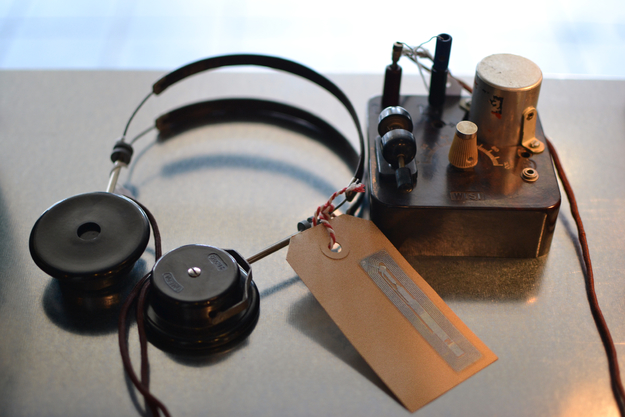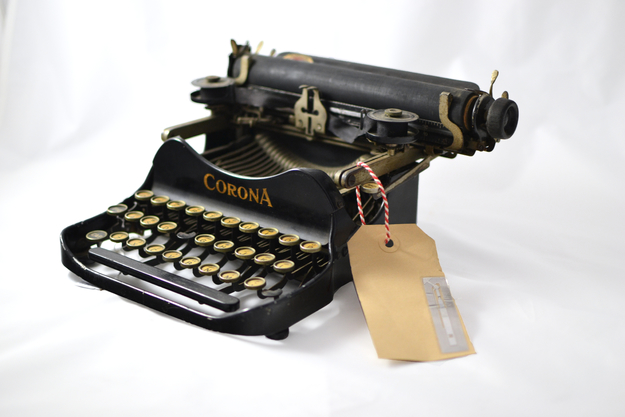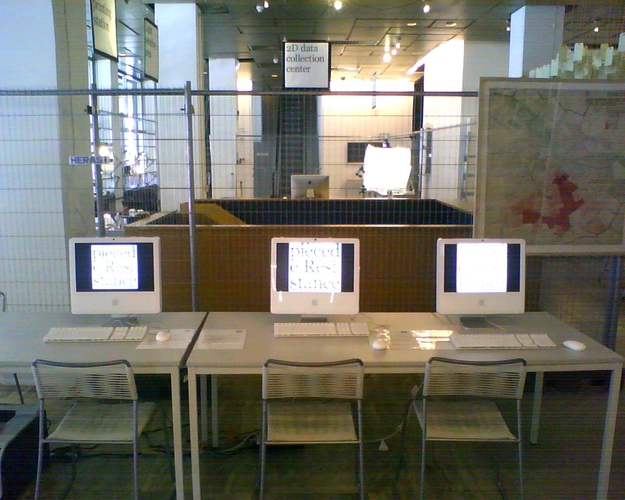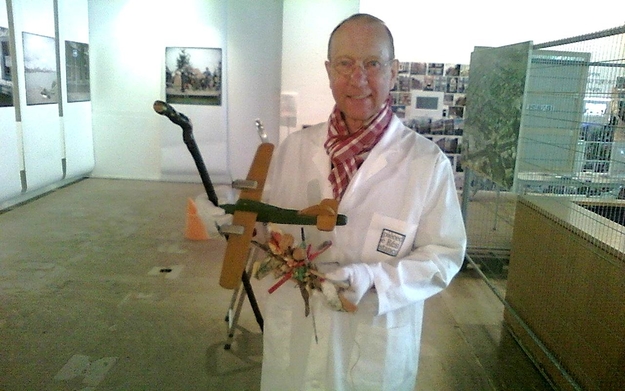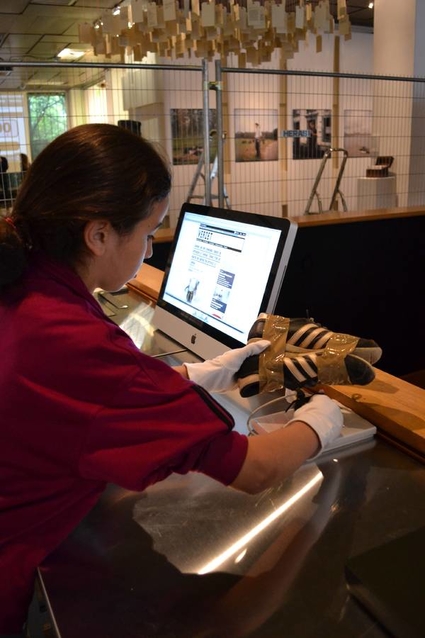In the Pièce de Résistance exhibition, we are building a growing digital and physical archive of resistance objects from before the Second World War until the present. All the objects displayed on the shelves, donated and lent to us by private individuals, local museums, and private collectors, are also digitally archived on the 4 en 5 mei Amsterdam website. This process of digital archiving results in the pairing of historical objects with digital practices. The online archive, which is constantly growing with new information, stories, and photographs of the objects, is built by visitors to the exhibition and visitors to the site.
Often, history and the digital rub against one another in a myriad of ways, and this exhibition has allowed us to see where this occurs and how we can work with the tensions between these two things.
Throughout the duration of the exhibition, many visitors have brought in objects from their childhood during and after the second world war. Having not grown up surrounded by computer technology, these visitors have a very interesting experience registering and archiving their objects so that they can be added to our collection. This process always needs to be mediated by a host at the exhibition, since it involves creating a profile for the person who brought in the object, registering the object in our database online, and linking the physical object with its digital profile through an RFID tag.
In our experience, working through the steps to archive someone's personal resistance object often leads to many interesting stories and conversations. This process also opens up the digital space to older people who have often felt uncomfortable working with digital technology and new media. By creating a digital archive that is built by our visitors, it links history with the present moment.
One of the benefits of this exhibition is that it allows the interconnection between historical objects, which are often the domain of an older generation, and digital technologies. Coming from the other end of this spectrum, it also allows young people used to working with digital and new media technology to become excited about resistance objects and stories. Resistance objects and their stories can be pulled out from behind the glass of the museum, out of the dusty attics of old houses, and brought into the digital archive, where people around the world can view them and read their stories.
See some of the objects from our archive here!
